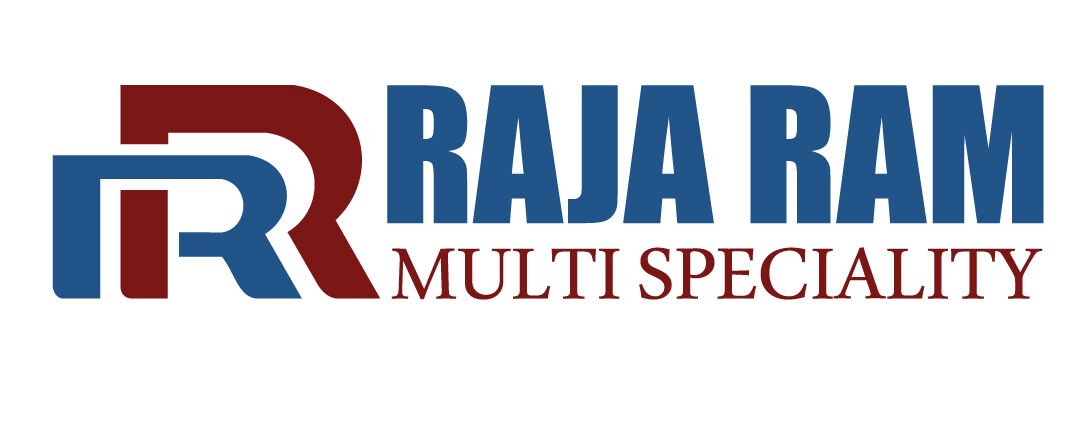
Computarized Audiology
Computerized audiology refers to the use of advanced computer technology in the field of audiology to conduct hearing assessments, diagnose hearing disorders, and implement customized interventions. This approach utilizes sophisticated software and hardware to enhance the accuracy, efficiency, and scope of audiometric evaluations.
Digital Audiometry:
One significant aspect of computerized audiology is digital audiometry, where traditional audiometric tests are conducted using computerized equipment. Digital audiometers deliver precise and standardized sound stimuli, allowing for more accurate and reliable threshold measurements across different frequencies. This technology enhances the flexibility and customization of audiometric testing protocols.
Automated Audiometry:
Computerized audiology often involves automated audiometry, where software guides the patient through a series of hearing tests without the need for constant manual interaction by an audiologist. Automated tests are designed to efficiently and objectively assess hearing thresholds, making them particularly useful in large-scale screenings, occupational health assessments, and research studies.
Otoacoustic Emissions (OAE) Testing:
Computerized systems are commonly used in Otoacoustic Emissions (OAE) testing. OAEs are sounds generated by the inner ear in response to an external stimulus. Computerized OAE systems can precisely measure and analyze these emissions, aiding in the identification of cochlear function and providing valuable information in the assessment of hearing loss, especially in newborn hearing screening programs.
Speech Audiometry:
Computerized technology is extensively employed in speech audiometry, allowing for the standardized presentation of speech stimuli at different intensities and frequencies. This helps evaluate a person’s ability to understand and discriminate speech sounds, contributing to a comprehensive assessment of auditory function.
Data Management and Integration:
Computerized audiology systems facilitate efficient data management and integration. Patient records, audiograms, and test results can be stored electronically, enabling audiologists to access, analyze, and share information seamlessly. This digital approach enhances communication among healthcare professionals, ensuring a more coordinated and collaborative approach to patient care.
Teleaudiology:
Advancements in computerized audiology have also led to the emergence of teleaudiology, allowing audiologists to remotely conduct assessments, consultations, and follow-ups. This technology has proven especially valuable in reaching individuals in remote or underserved areas, improving accessibility to audiological services.
Customized Intervention and Rehabilitation:
Computerized audiology supports the customization of hearing aid fittings and rehabilitation programs. Through precise measurements and programming, hearing aids can be tailored to an individual’s specific hearing needs. Additionally, computerized auditory training programs can be designed to address specific deficits and improve overall auditory processing.
In conclusion, computerized audiology represents a paradigm shift in the field, offering advanced tools and techniques to enhance the accuracy, efficiency, and accessibility of audiological assessments. This digital approach not only improves diagnostic capabilities but also facilitates personalized interventions to address individual hearing needs.

